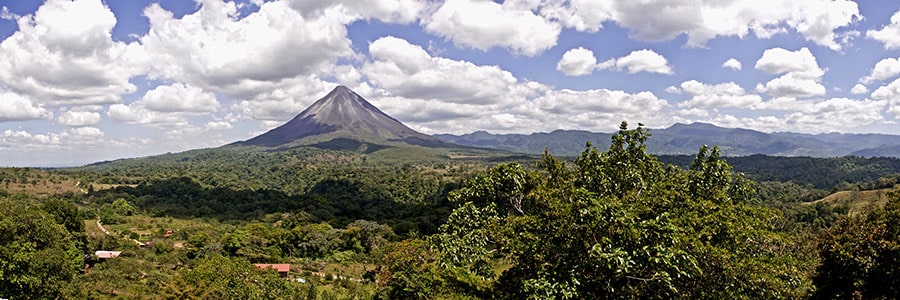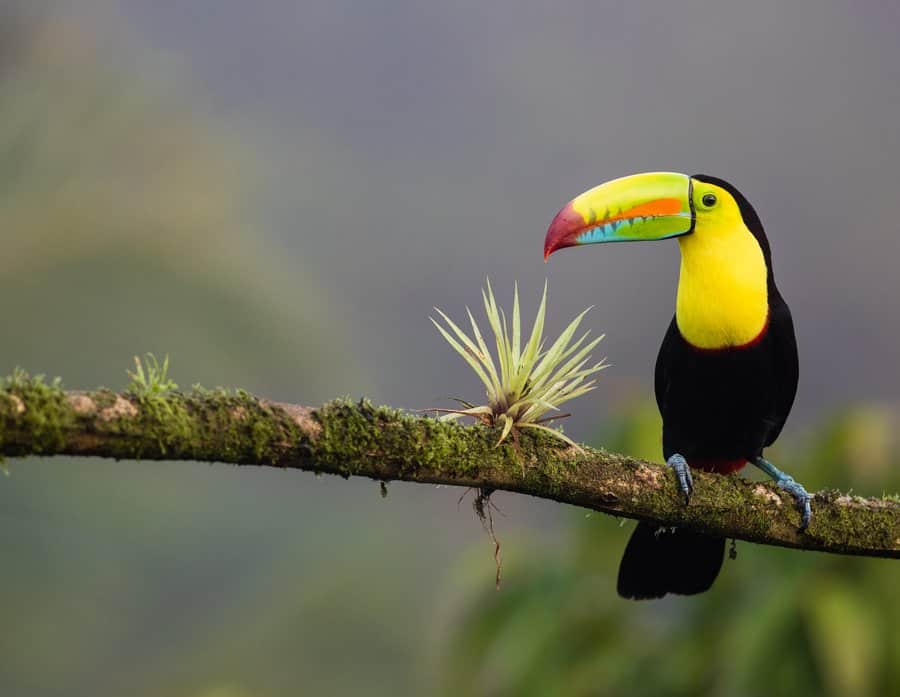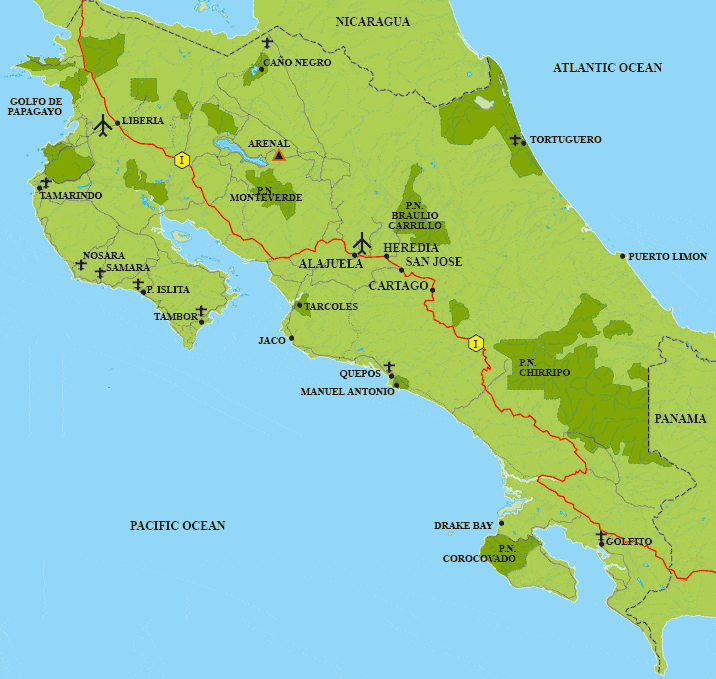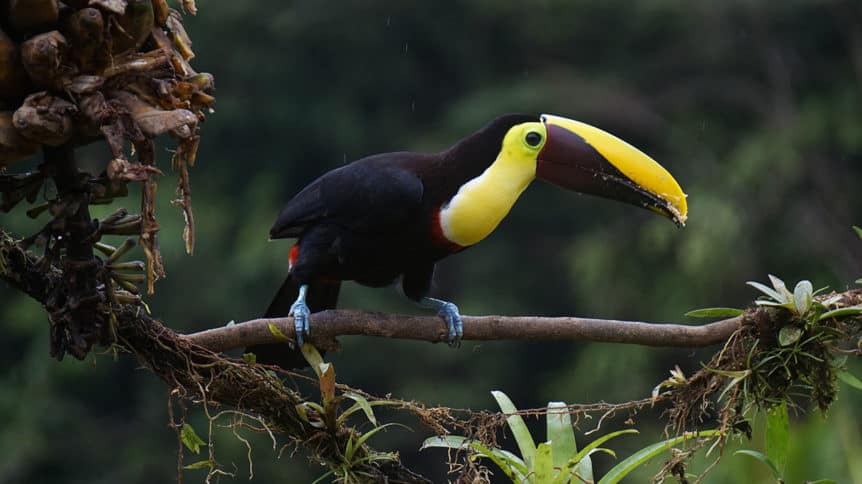
If you are getting ready to travel to Costa Rica and want to know about some unique questions I get asked about Costa Rica, then you will find this is a helpful resource. Here you will find short answers to specific questions on travel within to Costa Rica.
I have covered a number of areas that came up frequently during my travel consulting days, as well as general questions that I got by email and ended up putting together 29 of the more unique questions about travel to Costa Rica
If you are traveling to Costa Rica for a specific reason such as surfing, fishing or about moving or buying real estate in Costa Rica You can check out each one of those links for more detailed information on those specific subjects.
29 Unique Questions About Travel to Costa Rica

1. Do I need a passport to go to Costa Rica?
A valid passport is mandatory to enter Costa Rica.
2. Do I need a visa to go to Costa Rica?
Depending on your country of origin you may enter Costa Rica without a visa. USA, Canada and most European countries have this privilege. For more information please visit the Costa Rica Consulate Website
3. Can I enter Costa Rica with a one way ticket?
All visitors must have an entry and exit ticket, whether it is by air or by land, as the case may be. This is a requirement to enter Costa Rica. Check out my post on this for more details.
4. Do I need an international driver´s license to drive in Costa Rica?
You are allowed to drive with your regular driver’s license for three months.
5. Can I get married in Costa Rica?
Yes
6. What documents do I need to get married in Costa Rica?
Foreigners can get married in Costa Rica. The documents needed are: –
- original birth certificate
- affidavit of single status
- police record
- valid passport
- divorce decree (if applicable)
These documents need to follow the authentication procedure before being taken to Costa Rica.
7. What is the difference between a rainforest and a cloud forest?
The main difference is that in the cloud forest doesn’t rain as much as in the rain forest. The species of flora and fauna that you might find differ from one to the other.
8. Is the water drinkable in Costa Rica?
The water is potable in most of the country. We recommend using bottled water, especially in areas around the coast.
9. Is there a train service in Costa Rica?
There is a train tour that goes from San Jose to a few cities within Costa Rica but are not very commonly used for travelers going on vacation to Costa Rica. However, if your Spanish is good you can check out the INCOFER website fore more information and reservations.
10. What is the currency in Costa Rica?
The Costa Rica currency is called Colon. US dollars and major credit cards are widely accepted. Check out my article on using money in Costa Rica
11. What credit cards accepted in Costa Rica?
All major credit cards except American Express are widely accepted. You will also find ATM machined distributed throughout the country.
12. What about an ATM?
Most areas, even small villages have now an ATM’s and it’s the best way to “restock” your cash supply.It’s best to have a MasterCard or Visa as sometimes an ATM will not work, so you simply try another one.
If you plan to get really way off the beaten path, get extra cash before leaving.Any cash you carry you should divide it up, and also keep a “throw away wallet” handy, with little money in it and some expired cards (the latter I do almost everywhere I go, not just in Costa Rica)
13. What kind of inoculations or vaccinations do I have to have to travel to Costa Rica?
No immunizations, shots or vaccinations are required to enter Costa Rica from North America or Europe.
However, the Costa Rica authorities asks that all travelers coming from the following countries (Angola, Benin, Burkina Faso, Cameroon, Democratic Republic of the Congo, Gabon, Gambia, Guinea, Liberia, Nigeria, Sierra Leone, Sudan, Bolivia, Venezuela, Brazil, Peru, Colombia and Ecuador as well as the Republic of Guyana) have a yellow fever vaccination certificate.
Check out my Costa Rica Vaccination post for more detailed information
14. Do I need an electric adapter for electronics?
Outlets in Costa Rica are 110 V, with standard US two prong plugs.
15. What documents are required to enter with a pet to Costa Rica?
Dogs and cats entering Costa Rica must have a health certificate issued by a licensed veterinarian, endorsed by a veterinarian service (VS) veterinarian. The examination for the certificate must be conducted within the two weeks prior to traveling to Costa Rica.
The required vaccinations are: distemper, hepatitis, lestospirosis, parvovirus and rabies (for animals 4 months or older).
16. Does Costa Rica have a departure tax?
Departure tax is almost always included when you purchase your round trip ticket but just in case it isn’t please note that there is a departure tax payable at either the San Jose or Liberia airport with USD/Costa Rica colones, VISA, Mastercard or American Express. This tax must be paid before you check in for your flight.
17. How can I get a working visa?
You must apply for a working visa at the Costa Rica Consulate and you must have a passport valid for at least six months from the date of entry into the country and a round trip ticket
18. How can I apply for legal residency in Costa Rica?
Costa Rica offers different ways to legalize your status: -temporary resident -pensioner -Foreigner government mission. For more legal information contact the Costa Rica consulate or the Costa Rica Residents Association at www.arcr.net
19. Are the national parks wheel chair accessible?
The Poas Volcano National Park is the only one that offers access for wheel chairs.
20. Is there a tour operator offering special tours for handicapped people?
Kosta Rhoda and Serendipity Adventures are a couple of tour companies that offer special trips for the handicapped. Take a look at this post from BudgetAirfare.com on traveling with a disability.
21. Is there an American Legion in Costa Rica?
There is an American Legion for people who served in the U.S. Military.
22. If I decided to stay longer in Costa Rica, can I get a visa while I am there?
You just have to leave the country for 72 hours, upon returning to Costa Rica the permit will be renewed automatically for 90 more days.
23. What should I bring when going to the rain forest in Costa Rica?
All you need is insect repellent, a rain coat with a hood and hiking boots.
24. Are there domestic airlines that travel within the country?
You can contact SANSA at FlySansa.com (506) 2221-9414, Nature Air at www.natureair.com (506) 2220-3054 or Sky Airlines (506) 401-00244
25. What about the sales tax in Costa Rica?
Sales tax is included with your bill. Sometimes tips, especially for larger groups, are included with your bill so check that out at the same time.
26. What number should I dial in case of emergency?
Dial 911 for immediate assistance, if you need an ambulance dial 128, and if their is fire call 118. Sometimes you may have to be patient.
27. Are there English written newspapers or online editions?
Yes, the best one by far is the Tico Times. It has been around since 1956 and has been the paper that most people turn too when they want to find out what is happening in Costa Rica.
28. What is the typical food in Costa Rica?
The food in Costa Rica consists of a simple diet based primarily on foods like rice and beans, meats, vegetables, and fruits. The most typical lunch is called a Casado which is rice, beans and chicken, meat or fish.
Make sure you get a Gallo Pinto in morning.. Consists of Rice Beans and Eggs.. Its THE BEST!!
29. What is the weather like in Costa Rica?

Costa Rica’s diverse weather and climate is connected to its ecological diversity. On a recent trip from Drakes Bay to my home in San Jose, the weather we encountered was sunny blue skies in the morning accompanied by the tropical heat and on the boat ride to Sierpe we road through a large, but short lived downpour with dark skies.
From Sierpe to San Jose we climbed through the Cerro de la Muerte and temperatures that dropped close to freezing at 13,000 feet, and then dropped down into the Central Valley and its eternal spring like temperatures. As the locals comment about the Costa Rica weather:
If you do not like it just wait a while, it will soon change.
Despite being on the same side of the equator as the United States the Costa Rica people differentiate between summer and winter as if they were in South America.
They refer to December through April as the summer because of the clear skies and warm temperatures while the time from May through October is called winter since the rain and wind bring lower temperatures and dampness at higher elevations.
Generally speaking, the weather on Caribbean is more susceptible to frequent rain squalls and tends to have the opposite patterns of the rest of the country.
The weather on the Pacific side the northwest regions of Guanacaste is the driest part of the country and home to the unique Dry Tropical Forest.
The weather in the Southern Pacific region of the Osa Peninsula tends to get the most rainfall but with the exception of the end of September and October, most showers do not last long.
Nonetheless, whereas in the past one could expect the rainy season to start predictably about the second week of May, the effects of global warming are being felt and the once consistent weather patterns have becomes much more difficult to predict.

